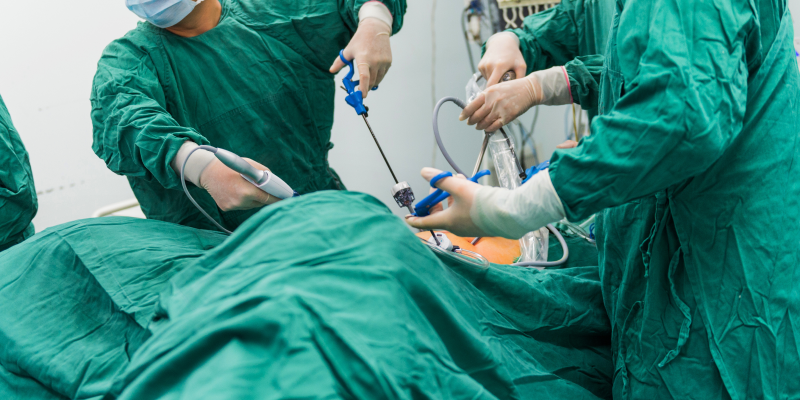
Airway decontamination is the first step to successful tracheal intubation. In various scenarios, such as medical emergencies, accidents and surgical procedures, ensuring that the airway remains clear and free from obstruction is of paramount importance.
When providers and emergency responders educate themselves on the proper airway decontamination techniques, they significantly increase the chances of saving their patients’ lives. Airway decontamination is something that may be solved quickly, but for some patients, it may not be that simple. Patients in critical condition, for instance, may need continuous suction to maintain a clear airway.
Understanding the types of airway contaminants providers will encounter, and different patient scenarios that affect airway contamination/decontamination is critical for ensuring the safest, smoothest decontamination approach when treating patients.
Types of contaminants
There are a variety of contaminants that providers encounter on a daily basis when performing airway management – all of which can present serious threats for patients. Various bodily fluids can pose dangers for patient airways. These can include saliva, mucus, vomit, blood and even ingested food particles. Choking can occur when these substances obstruct the airway, causing breathing difficulties or complete airway blockages.
Using the SALAD technique
According to the National Library of Medicine, it is traditional practice to use suctioning alone to clear the airway, but recent developments have encouraged the use of airway management skills in addition to suctioning. The Suction Assisted Laryngoscopy and Airway Decontamination (SALAD) technique is a set of procedures designed to clear a highly contaminated airway and lower the mortality rate among those with aspiration symptoms.
Even in cases where patients are experiencing continuous vomiting or bleeding, the SALAD technique offers a simple yet effective approach:
- Begin with a rigid suction catheter.
- Continuously suction while inserting a laryngoscope blade, shifting the catheter to the corner of the patient's mouth, and to the left of the blade.
- Position the catheter's tip at the esophagus, enabling simultaneous suctioning while visualizing the vocal cords.
- Proceed with intubation, suctioning the endotracheal tube before initiating ventilation.
EMCrit, a resource dedicated to sharing information on maximally aggressive curative and palliative care, states that the SALAD method reduces the force of aspiration during airway management, especially in cases when patients need face mask ventilation.
The importance of decontamination in every scenario
Traumatic accidents, cardiac arrest, and other extremely harmful medical emergencies can result in profuse internal or external bleeding or regurgitation, which may compromise the patient's airway. In these cases, rapid and effective airway decontamination is not only a top priority, but it is essential to the patient’s survival.
In addition to traumatic injuries, patients can be affected by airway decontamination during surgery. Regurgitation and aspiration of stomach contents can occur during operations, especially procedures involving the oral or gastrointestinal tract. Airway decontamination, such as suctioning, helps prevent potentially life-threatening complications.
Patients with respiratory conditions, such as chronic bronchitis or cystic fibrosis, may experience excessive mucus production and be at a greater risk for airway blockages. Regular airway decontamination through suctioning can aid in maintaining proper breathing and ensure a safe, comfortable way of life for the patient.
In addition to airway blockage, blood and regurgitated materials may contain infectious agents, increasing the risk of infection for patients. Effective airway decontamination not only ensures respiratory health but also minimizes the spread of diseases for both patient and health care providers.
Reduce the risk of failure
Airway decontamination is proven to be a critical aspect of medical emergency responses involving the airway. Suctioning blood and regurgitated materials ensures that the airway remains clear, preventing complications and maintaining respiratory health. In emergencies, surgeries, and for patients with chronic respiratory conditions, effective airway management can be life-saving. By acknowledging the importance of airway decontamination and using the appropriate tools and techniques, healthcare providers and first responders can better equip themselves with the skills to ensure the safety and well-being of their patients, at all times.














